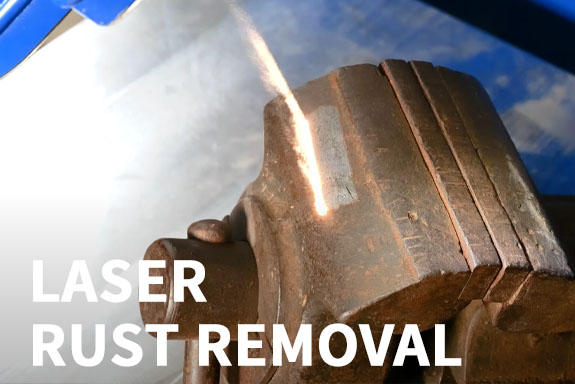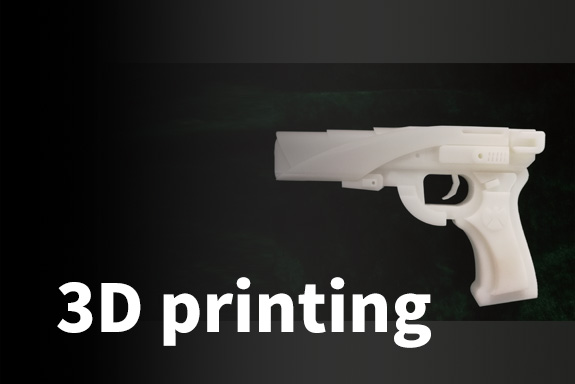Introduction
Laser marking and engraving technology has emerged as a vital tool in various industries, enabling high-precision marking and etching of diverse materials. With advancements in laser technology, machines such as the 5W UV laser marking machine, steel laser etching machine, and MOPA fiber laser are now commonplace. This article will delve into the applications, materials, and technologies associated with these machines, including micro laser engraving machines, laser etching metal machines, and more.
Applications of Laser Marking and Engraving
Laser marking and engraving machines are used in numerous sectors, each with specific requirements and applications.
1. Industrial Manufacturing
In industrial manufacturing, laser marking is utilized for part identification, serialization, and barcoding. The fiber laser marking system is particularly effective in this domain due to its speed and efficiency. Industries such as automotive, aerospace, and electronics frequently rely on these machines to mark components with high durability.
2. Jewelry and Decorative Items
Jewelry makers use micro laser engraving machines to create intricate designs and personalized engravings. The precision offered by these machines allows for detailed work on various materials, including gold, silver, and stainless steel.
3. Packaging and Labels
Laser marking is also widely used in packaging for creating permanent, high-contrast markings on various materials. The 5W UV laser marking machine is particularly suited for this application as it can effectively mark on plastics and other sensitive materials without causing damage.
4. Medical Devices
In the medical field, traceability is crucial. Laser etching machines are used to mark surgical instruments and medical devices with serial numbers and logos. The precision of CO₂ laser marking machines ensures that markings remain legible throughout the device’s life.
Materials Used in Laser Marking and Engraving
Laser marking and engraving machines can process a variety of materials. Understanding the compatibility of different materials with specific laser technologies is essential for achieving optimal results.
1. Metals
Laser etching metal machines are designed to work with various metals, including stainless steel, aluminum, and brass. The steel laser etching machine provides a clean, durable mark that withstands wear and tear, making it ideal for industrial applications.
2. Plastics
Lasers can also mark plastics effectively. The 5W UV laser marking machine is particularly adept at this, as it minimizes heat affected zones and ensures precise markings without damaging the plastic substrate.
3. Paper and Cardboard
For applications involving labels and packaging, laser engraver marking paper is a common use case. The precision of laser technology allows for clean cuts and markings that enhance the visual appeal of products.
4. Wood and Glass
Laser marking machines can engrave wood and glass, providing aesthetic designs and functional markings. The versatility of MOPA fiber lasers allows for controlled engraving depths and intricate patterns on these materials.
Technologies Behind Laser Marking and Engraving
The technology behind laser marking and engraving continues to evolve, offering new capabilities and efficiencies. Here are some of the key technologies:
1. Fiber Laser Technology
Fiber laser marking systems use a solid-state laser that generates high-quality beams. These machines are energy-efficient, have low maintenance costs, and provide high-speed marking on metals and some plastics.
2. CO₂ Laser Technology
CO₂ lasers are versatile and can mark a wide range of materials, including non-metals like wood and acrylic. The CO₂ laser marking machine price is typically lower than fiber lasers, making them an attractive option for many small to medium-sized businesses.
3. MOPA Fiber Laser Technology
The MOPA fiber laser technology allows for adjustable pulse widths, making it possible to achieve a range of engraving depths and finishes. This technology is particularly useful in applications requiring high-quality surface finishes and contrast.
4. 3D Laser Marking
3D laser marking adds another dimension to traditional laser marking techniques. This technology is used for creating complex engravings on various surfaces, providing a tactile and visual depth that enhances the product’s appearance.
5. Micro Laser Engraving
Micro laser engraving machines offer unparalleled precision for detailed designs. These machines are essential in applications where small, intricate details are crucial, such as in jewelry design and electronics.
Summary
Laser marking and engraving technology has transformed how products are marked and identified across various industries. From steel laser etching machines to low-cost laser marking machines, the range of available options caters to diverse material requirements and applications. The ability to use technologies such as the 5W UV laser marking machine and MOPA fiber laser ensures that businesses can choose the best solution for their marking needs.
由用户投稿整理稿件发布,不代表本站观点及观点,进行交流学习之用,如涉及版权等问题,请随时联系我们(yangmei@bjjcz.com),我们将在第一时间给予处理。







